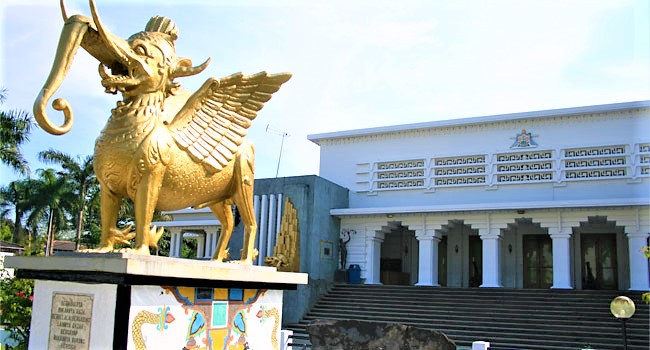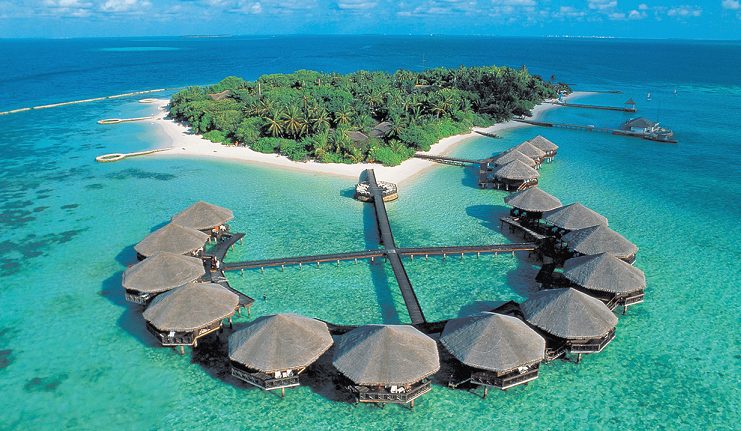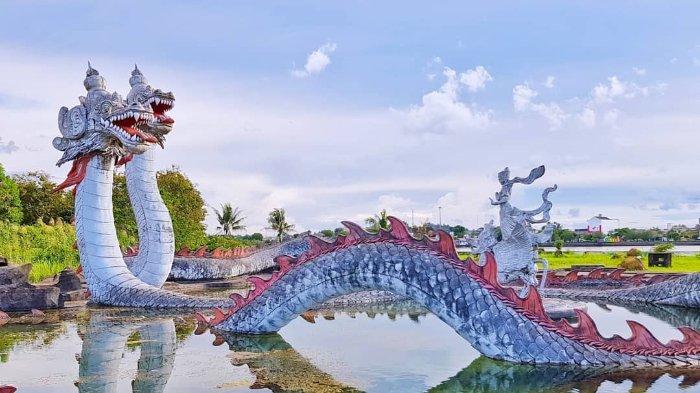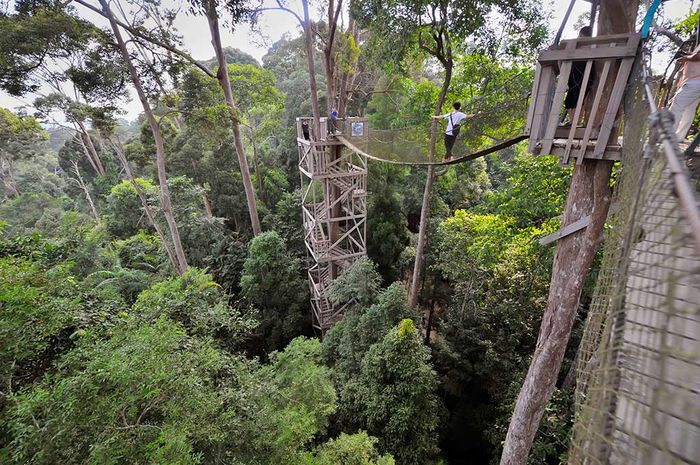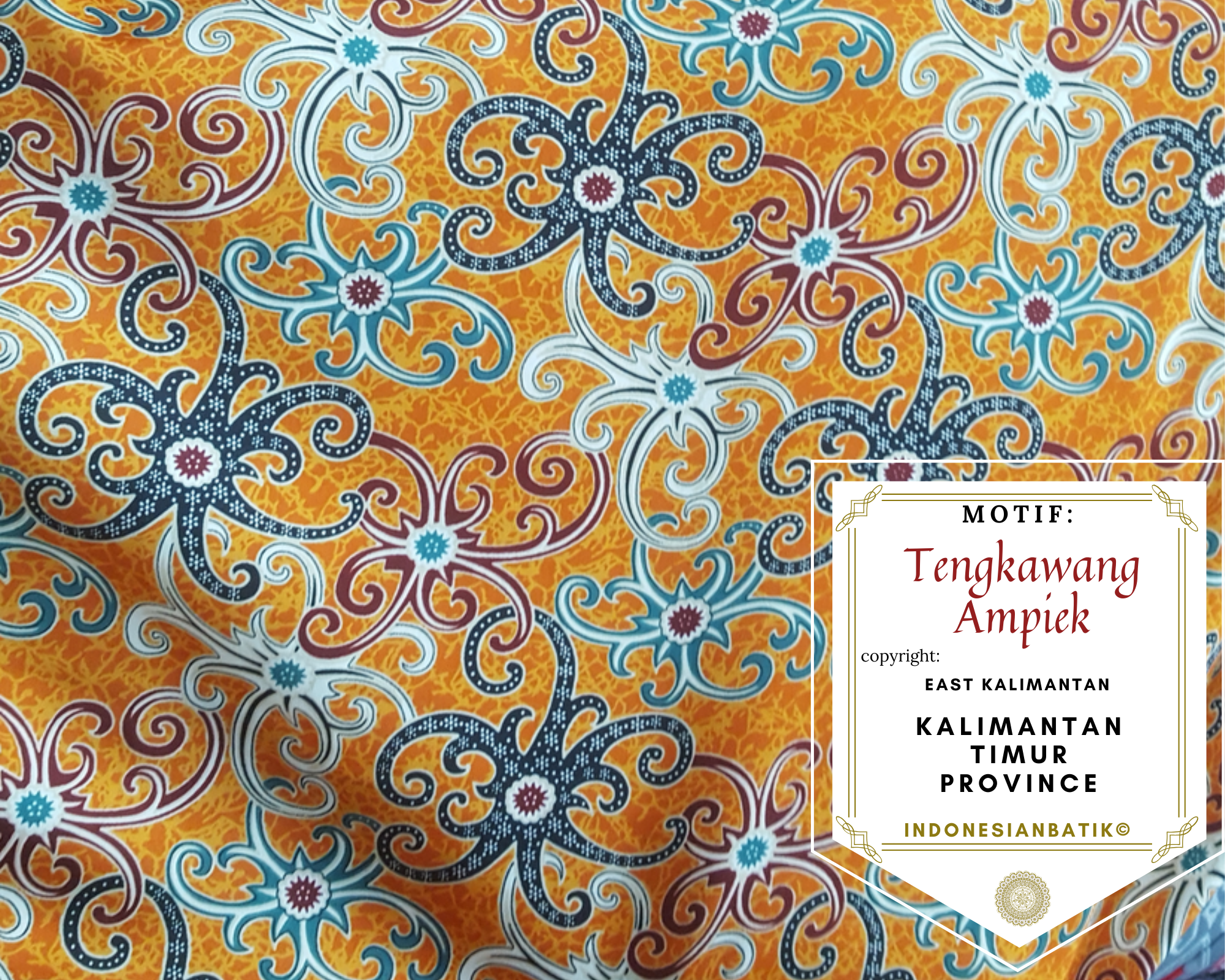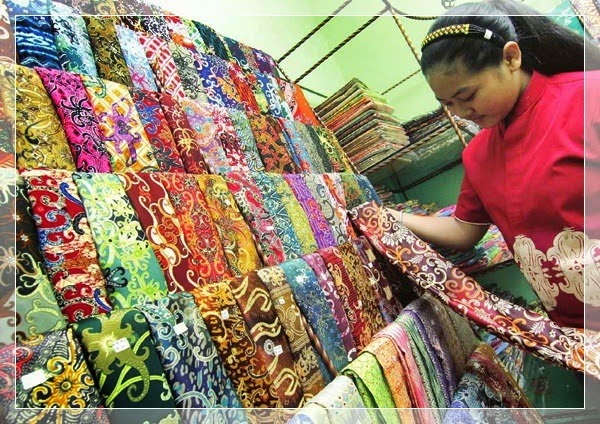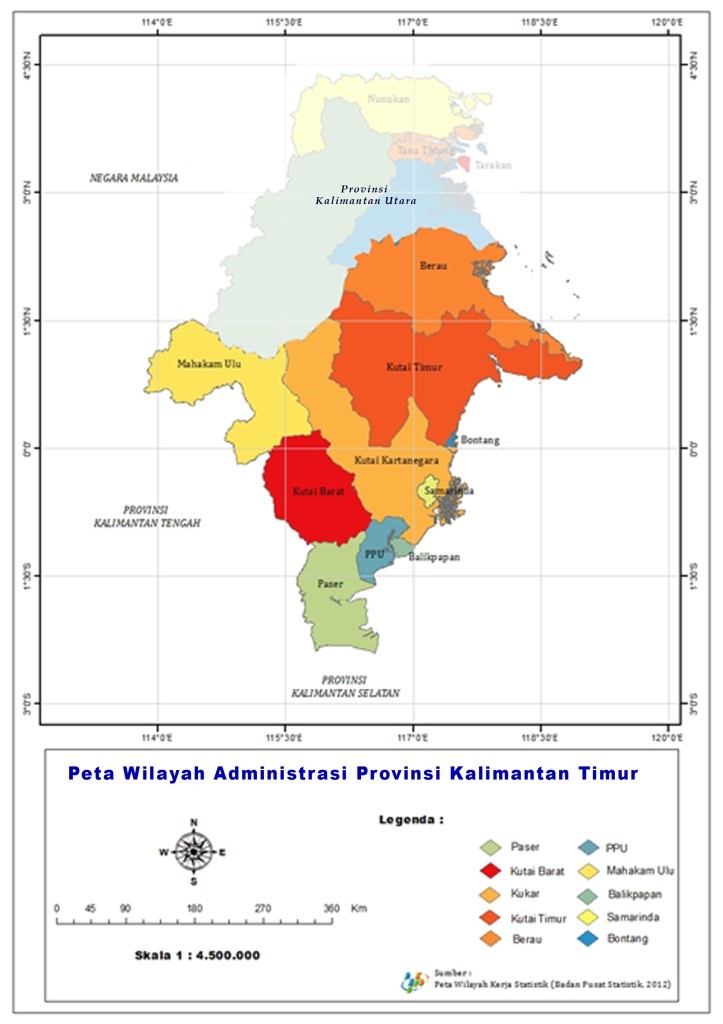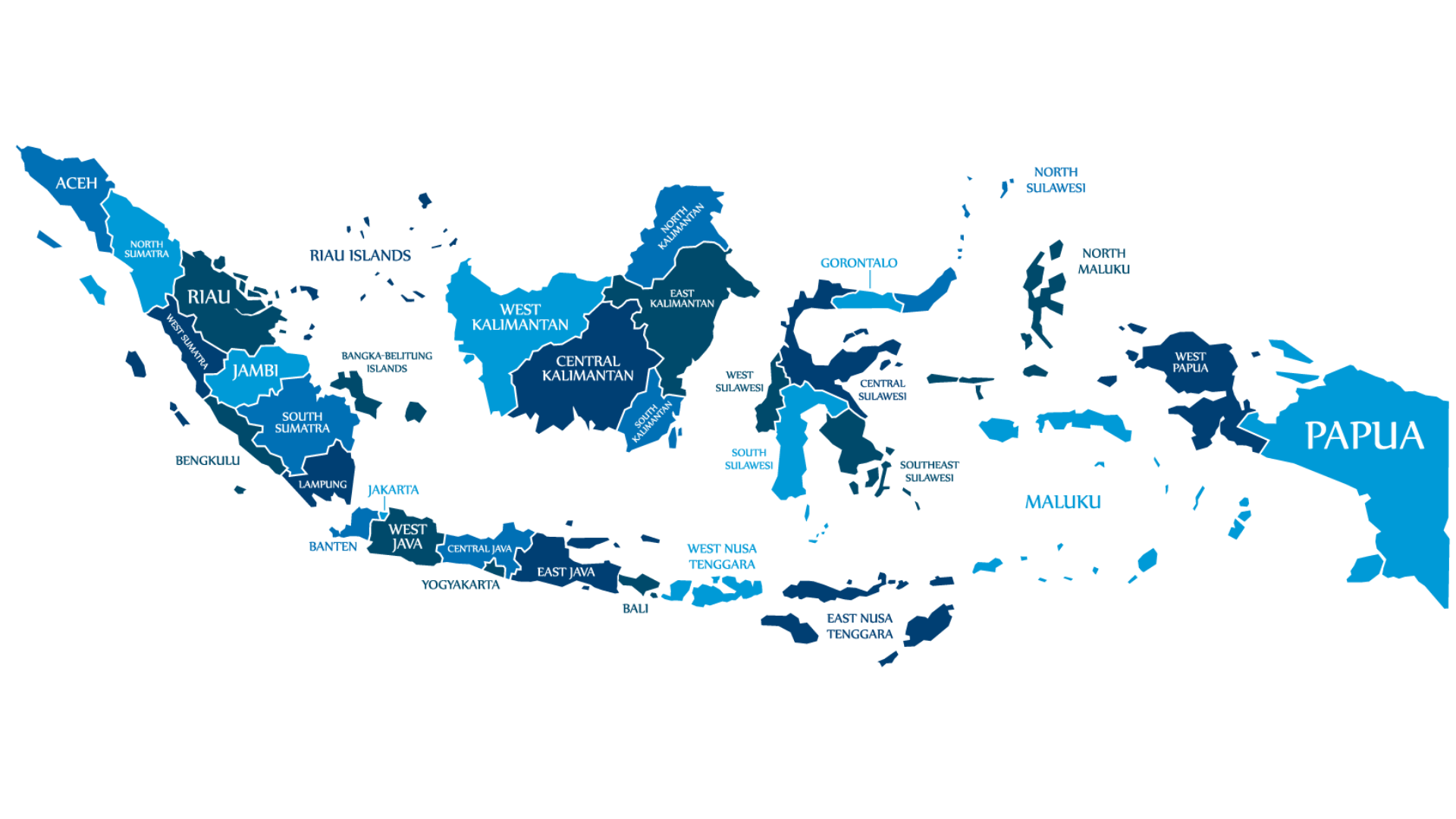Home / Batik Regions – Central Indonesia – Kalimantan Island – East Kalimantan
Facts of the region
Discover Batik in East Kalimantan
The Batik exhibition in East Kalimantan (photo: Infopublik)
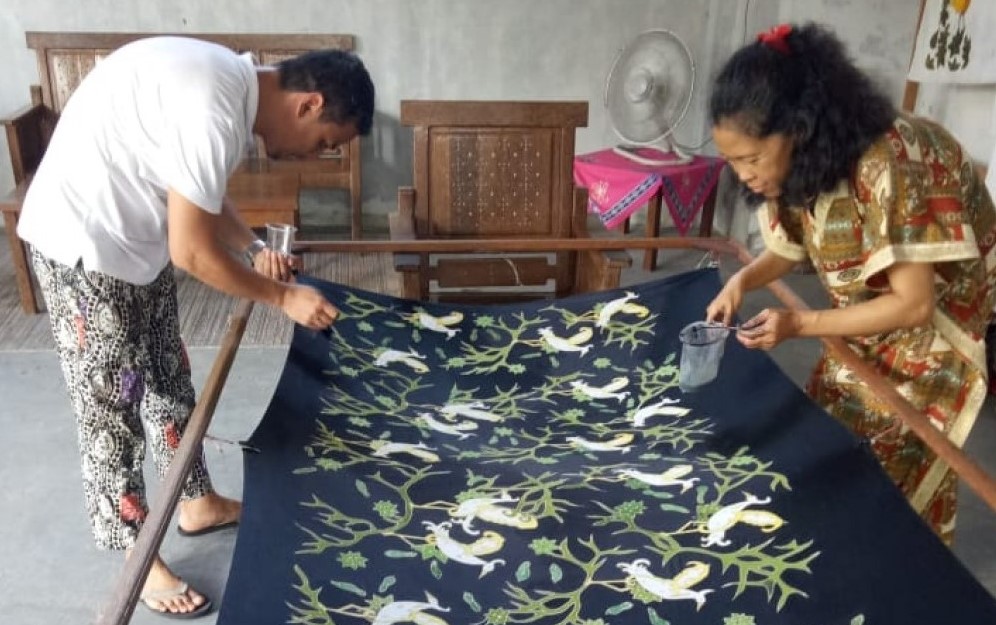
The Batik production in Bontang Regency, East Kalimantan (photo: R. Indra)
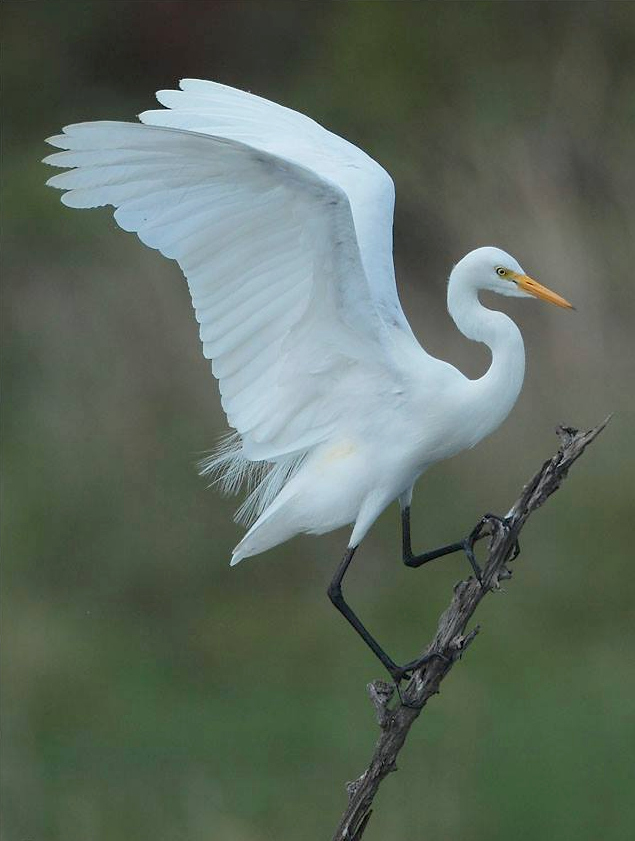
Egretta Bird as the common inspiration for Batik motifs in East Kalimantan (Photo: @Gerrie Van Vuuren, Wikipedia)
The Ethereal Beauty of Nature and Wisdom
East Kalimantan batik often uses various shades of orange, green, pink, and red. Its motifs are mainly influenced by Dayak culture, representing their philosophical outlook of nature and the world around them. For instance, the Batang Garing motif. It is a visual representation of a tree’s trunk, shaped like a cone or a spearhead. According to Dayak society, it represents the God Ranying Mahatala Langit, the creator of all living creatures. It also represents the harmony between nature and man, among men, and between man and God.
The Batik Motifs in East Kalimantan
Putting motifs on textile by weaving is the most common method used in East Kalimantan. However, local craftsmen such as in Bontang Regency also decorate cloths with local motifs using batik techniques. The batik textiles in the region mostly illustrate the kuntul perak, the endemic silver egret, and the beras basah or dewy rice motif. The latter is a symbol of prosperity for people living in the Beras Basah Island.
Batik Motifs in East Kalimantan
Batik Villages in East Kalimantan
local batik workshop
Batik villages are the region where the Batik producers mostly reside. You could buy the Batik textiles from the artisans and participate in the making process of Batik on the site.
EAst kAlimantan
Visual Journey
in 1 Minute
Batik production in East Kalimantan
The Land of Living Mythology
eAst kAlimantan
The Derawan Island in East Kalimantan (photo: @Kulibur)
About East Kalimantan
The East Kalimantan region has good topographic characteristics that make it safe from disaster risks, such as catastrophic floods, earthquakes, tsunamis, forest fires, and landslides. Thanks to these advantageous factors, two regions in East Kalimantan, namely Penajam Paser Utara and Kutai Kartanegara, are designated as the site of the new Indonesian Capital City to replace Jakarta after 2025.
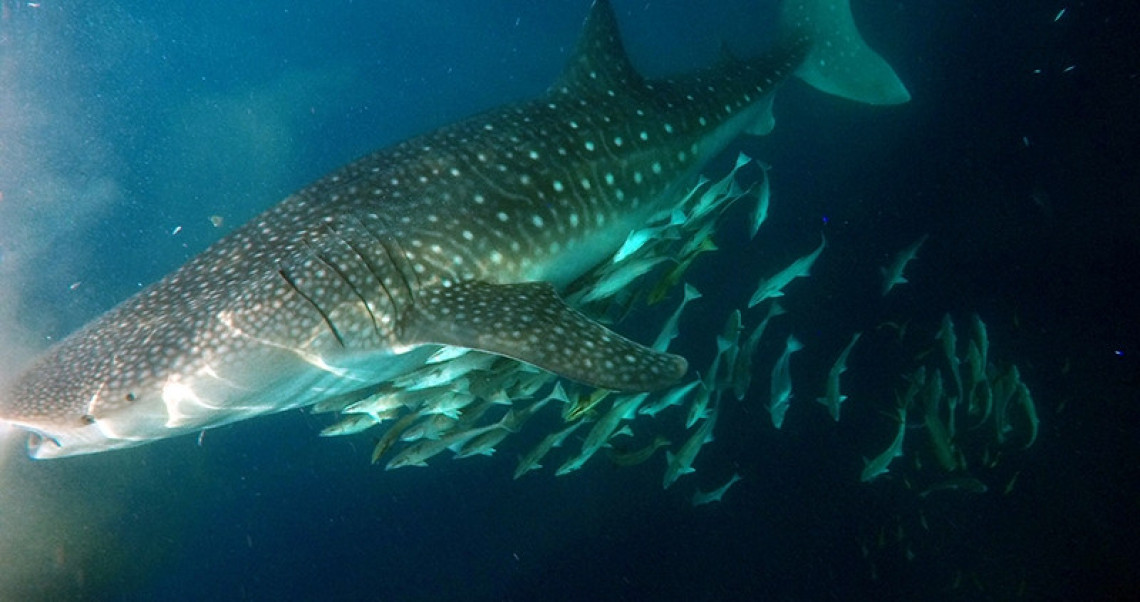
Facts about East Kalimantan
East Kalimantan Province is one of the second largest provinces after Papua, with a land area of 127,267.52 km2 and a sea area of 25,656 km2. It is bordered by North Kalimantan in the north, with the Makassar Strait and the Sulawesi Sea in the east, the South Kalimantan Province in the south, while in the west side it is adjacent with Central Kalimantan Province, West Kalimantan Province, and the Sarawak State of East Malaysia.
The population of East Kalimantan in 2018 is 3,648,835 people. This province is well-known for its brown sugar production, mining, and forestry sectors, as well as a wild animal conservation center such as orangutans and whale sharks (Photo: @Pesona Indonesia).
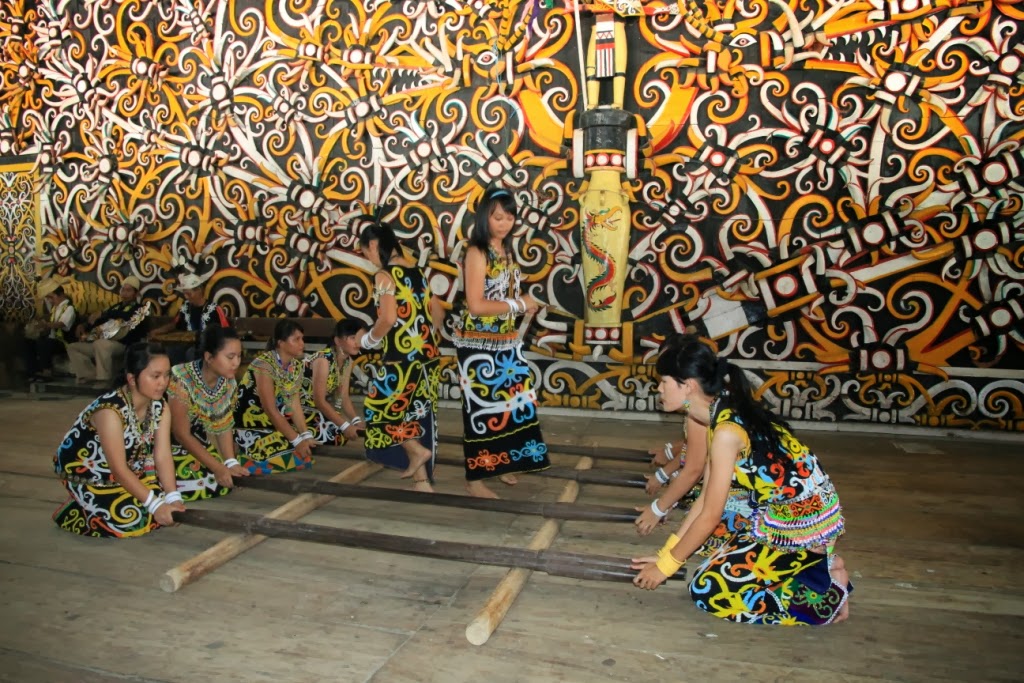
Highlights on Culture
Before the Dutch colonial era, East Kalimantan was ruled by several kingdoms which coexisted in the region: namely the Hindu Kingdom of Kutai (350–1605), the Sultanate of Kutai Kartanegara ing Martadipura (1300-until today), the Sultanate of Paser (1516-1906), and the Sultanate of Bulungan (1731–1964).
Kalimantan has a rich cultural diversity as a result of cultural assimilations of many nations and tribes living in the region. Some of the indigenous tribes living in East Kalimantan are the Tunjung, the Benuaq, the Bentian, the Penihing, the Bukat, the Dayaks, the Banjars, the Bugis, and the Javanese. The majority of population adheres to Islam (85.57%), with the rest adhere to Protestant Christianity (9.41%), Catholicism (4.17%), and Buddhism (0.49%)
East Kalimantan has its special art and culture festival called Erau. It is an international festival in Kutai, held every year in the centre of Tenggarong city. “Erau” comes from the Kutai language word which means “crowded”. One of the famous traditional dances in this area is the Enggang Dance of the indigenous Dayak Kenyah tribe. It symbolizes the power, vitality, loyalty, and wisdom of a leader (photo: Jakarta Encyclopedia).
Tourist Attractions in East Kalimantan
